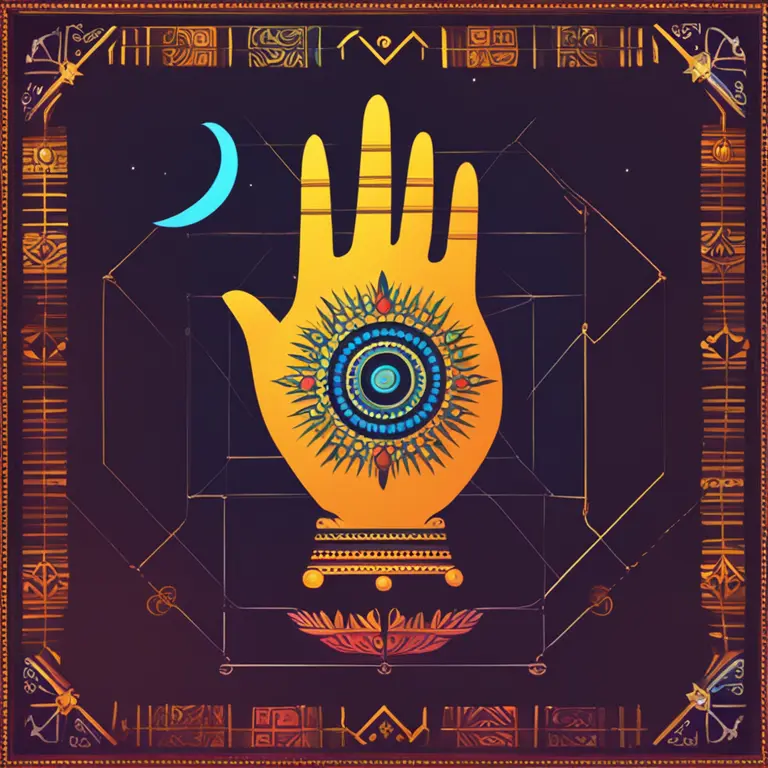
The Accuracy of Palmistry: A Modern Examination
Investigate the credibility of palmistry through contemporary perspectives and scientific scrutiny in this insightful article.
article by Nora Pennington
Introduction to Palmistry
Palmistry, also known as chiromancy, is the ancient practice of interpreting the lines, shapes, and features of the hand to reveal personal attributes and forecast future happenings. Rooted in various cultures across history, palm reading has transitioned from mystical origins to a subject of modern-day curiosity. In this examination, we discuss the accuracy of palmistry and its relevance in today's evidential demand for credibility.

Scientific Perspective on Palmistry
Many skeptics view palmistry with a critical eye, pointing to the lack of empirical evidence and scientific basis for its predictive powers. Critics argue that palm readings are nonspecific, often utilizing the Forer effect, where individuals find personal meaning in vague, general statements that could apply to many. Despite anecdotal reports of palmistry's precision, its accuracy remains unverified within the scientific community, which often demands rigorous testing and replicability.

Cultural Significance and Personal Experiences
Proponents of palmistry cite cultural significance and subjective validations as indicators of its accuracy. Several cultures embrace palm reading as part of their philosophical and spiritual traditions, claiming that patterns in the hands can offer powerful insights. Personal testimonies complement these cultural practices, with some individuals asserting that palmistry has provided them with accurate personal revelations and guidance, albeit these claims are anecdotal and subjective.
The Role of the Palmist
The role of the palmist is pivotal in interpreting the complexities of the hand. Experienced palmists may draw upon a vast knowledge of hand features, alongside intuitive and psychological insights, to provide readings. However, the accuracy of palmistry is intimately tied to the palmist's skill, leading to variability and potential biases in interpretations. This human aspect adds to the challenge of establishing the practice's general accuracy.
Psychological Aspects of Palm Readings
Palmistry intersects interestingly with psychology, particularly concerning its potential placebo effect and its ability to empower individuals through belief. There is a therapeutic aspect to palm readings, as they might incite self-reflection or provide comfort. The accuracy of the reading, in this sense, is intertwined with the recipient’s perception and the psychological impact it has, rather than objective truths.
Evolving Perspectives in a Modern Context
In the landscape of 2024 and beyond, where data reigns supreme, palmistry is poised at a crossroads. The digital era allows for unprecedented access to information but also fosters a critical lens towards non-empirical practices. Whether new methodologies or technological advancements can bridge the gap between ancient art and modern standards of accuracy remains to be explored by enthusiasts and researchers alike.
Published: 1/11/2024
Modified: 1/12/2024
More predictions
Come back here soon to learn more about yourself and your future


Can We Trust Palmistry?
Delving into the realm of palmistry, this article examines its credibility and place in contemporary spiritual practices.


The Possibility of Palmistry in Cancer Detection
Examining the claims that palmistry holds any potential in identifying the risk of cancer: a deep dive into the world of mysticism and medicine.


The Essence of Palmistry: Interpreting Lines and Shapes
Delve into the world of palmistry to discover the meanings behind the lines and shapes etched into the palms of your hands.